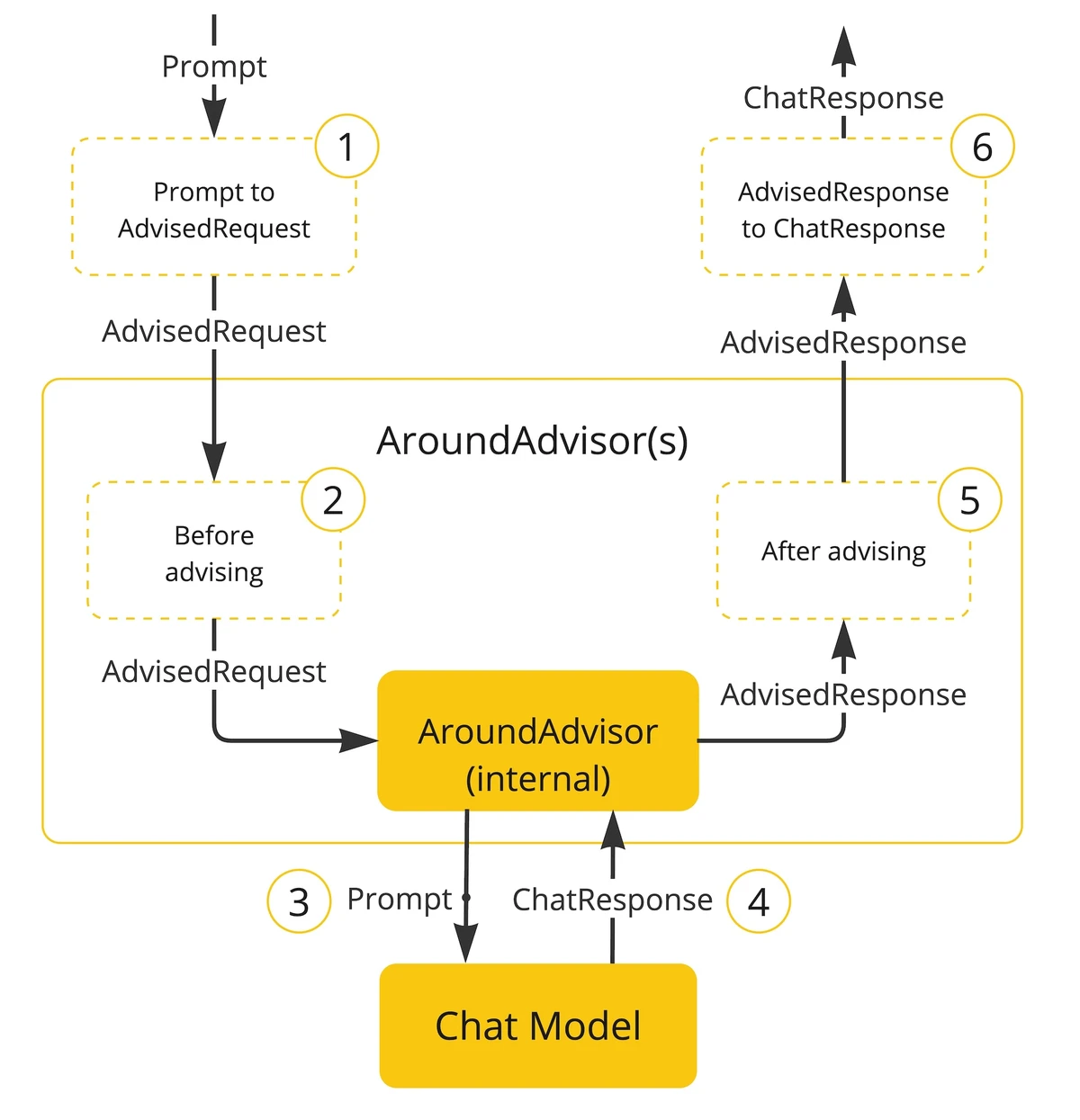============================================================================
The Efficient Market Hypothesis (EMH) is one of the most influential ideas in financial economics. For students, researchers, and traders, mastering EMH evaluation frameworks is essential to understand how markets process information, whether alpha opportunities exist, and how trading strategies should be designed. This article offers a comprehensive 3,000+ word guide that covers the foundations of EMH, evaluation methods, real-world applications, and the latest industry insights.
What Is EMH?
The Efficient Market Hypothesis (EMH) suggests that asset prices reflect all available information. As a result, consistently achieving returns above the market average is extremely difficult without assuming higher risk.
The EMH is typically categorized into three forms:
- Weak Form – Prices reflect all historical market data.
- Semi-Strong Form – Prices reflect all publicly available information.
- Strong Form – Prices reflect all public and private (insider) information.
Understanding which form of efficiency holds in practice is the core of EMH evaluation frameworks.
Why EMH Evaluation Frameworks Are Important
Finance students, portfolio managers, and quantitative analysts use EMH evaluation to:
- Assess Market Efficiency: Identify whether markets are fully efficient or contain inefficiencies.
- Guide Investment Strategies: Evaluate whether active management or passive investing is more appropriate.
- Shape Quantitative Models: Determine how much historical or fundamental data can improve forecasting.
- Understand Risk Premiums: Recognize when anomalies suggest mispricing versus risk compensation.
In fact, many traders still debate why EMH is important in quantitative trading, since it directly influences the choice between alpha-seeking and index-based strategies.
Core EMH Evaluation Frameworks
There are multiple ways to evaluate EMH in both academic research and practical finance. Below are the most widely used approaches.
1. Statistical Testing of Market Returns
Description
Researchers test whether asset returns follow a random walk, meaning past returns cannot predict future returns.
Key Techniques:
- Autocorrelation tests
- Variance ratio tests
- Runs tests
Advantages:
- Objective and replicable.
- Provides clear evidence of weak-form efficiency.
Disadvantages:
- Sensitive to sample size.
- Cannot capture structural breaks or regime shifts.
2. Event Studies
Description
Event studies examine how stock prices respond to new information, such as earnings announcements or mergers.
Process:
- Identify an event date.
- Measure abnormal returns (ARs) around the event window.
- Test if ARs are significantly different from zero.
Advantages:
- Effective for semi-strong form testing.
- Widely accepted in academic finance.
Disadvantages:
- Event windows may overlap with other information.
- Market microstructure noise can distort results.
Event study methodology used to test semi-strong EMH.
3. Anomaly Detection
Description
Researchers and traders look for persistent market anomalies, such as:
- January effect
- Momentum
- Value vs. growth premium
If anomalies persist after controlling for risk, it challenges EMH.
Advantages:
- Directly linked to trading strategies.
- Useful for both academics and practitioners.
Disadvantages:
- Many anomalies fade after discovery.
- Publication bias leads to data mining.
4. Behavioral Finance Integration
Description
Behavioral finance critiques EMH by focusing on psychological biases like overconfidence, herding, or loss aversion.
Application:
- Combine EMH with investor behavior models.
- Evaluate when markets deviate from rational expectations.
Advantages:
- Provides explanations for real-world inefficiencies.
- Bridges economics and psychology.
Disadvantages:
- Hard to model systematically.
- Lacks universal frameworks compared to traditional finance.
Comparing EMH Evaluation Frameworks
| Framework | Best Suited For | Strengths | Weaknesses |
|---|---|---|---|
| Statistical Testing | Weak-form EMH | Objective, replicable | Limited to past data analysis |
| Event Studies | Semi-strong EMH | Widely accepted, practical | Overlapping events distort results |
| Anomaly Detection | Weak & semi-strong EMH | Strategy-driven, actionable | Risk of data mining |
| Behavioral Finance | Challenging strong EMH | Real-world insights | Hard to quantify consistently |
Comparison of EMH evaluation frameworks across weak, semi-strong, and strong forms.

EMH in Modern Trading and Quantitative Finance
For today’s financial markets, EMH cannot be applied in a binary way (efficient vs. inefficient). Instead, markets often exhibit partial efficiency, where some inefficiencies exist temporarily but vanish once exploited.
Example: Quantitative Trading
Quantitative traders often explore anomalies, but they also acknowledge that markets adapt quickly. This is why many professionals emphasize how EMH affects quantitative trading—not as a rulebook, but as a framework to gauge when alpha opportunities are worth pursuing.
Personal Experience with EMH in Research
During my graduate studies, I worked on testing EMH in emerging markets. Unlike U.S. equities, these markets often showed weaker efficiency, with noticeable anomalies persisting longer.
From this experience, I concluded:
- In highly liquid markets (e.g., S&P 500), passive strategies often outperform.
- In less efficient markets (e.g., frontier economies), active quant strategies can still add value.
This dual reality highlights why finance professionals need flexible EMH evaluation frameworks instead of rigid interpretations.

Recommendations for Students and Professionals
- Start with Statistical Tests: Learn the foundations of weak-form efficiency.
- Apply Event Studies: Evaluate how prices react to corporate announcements.
- Explore Anomalies: Test persistence in real data sets (e.g., Fama-French factors).
- Incorporate Behavioral Insights: Recognize when psychology explains deviations.
- Stay Updated: Market efficiency is not static—it evolves with technology, regulation, and investor behavior.
FAQ: EMH Evaluation Frameworks
1. How can I test if a market is efficient?
Start with autocorrelation and variance ratio tests to see if returns follow a random walk. For deeper analysis, use event studies to examine how quickly prices react to new information.
2. Are anomalies proof that EMH is wrong?
Not always. Some anomalies are explained by risk factors (e.g., small-cap risk premium), while others may result from data mining. The key is to determine if anomalies persist after transaction costs.
3. How does EMH apply to trading algorithms?
Algorithmic traders often use EMH as a baseline assumption. If markets were fully efficient, no alpha opportunities would exist. However, real-world frictions (latency, behavioral biases) create short-lived inefficiencies that algorithms exploit.
Conclusion
The study of EMH evaluation frameworks is not about proving markets are efficient or inefficient—it is about understanding how information is reflected in prices and what this means for investment strategies.
By mastering statistical tests, event studies, anomaly detection, and behavioral finance perspectives, finance students and traders can build a nuanced view of market efficiency.
If you found this guide insightful, share it with peers, leave your thoughts in the comments, and join the conversation on how EMH continues to evolve in modern markets.
Researchers and traders using EMH evaluation frameworks to study market efficiency.

0 Comments
Leave a Comment